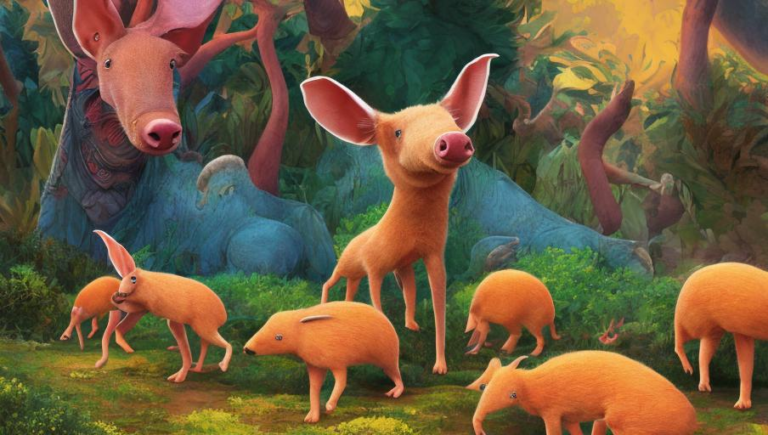Native Butterflies: Exploring the Different Species Found in the US

Exploring the Different Species of Native Butterflies
Butterflies have been a part of our world for centuries and are some of the most beautiful and captivating creatures in nature. They are found all over the world, and many species have adapted to different climates and habitats. In the United States alone, there are over 700 different native butterfly species.
Types of Native Butterflies
Native butterflies can be divided into two main types: butterflies of the genus Nymphalidae and butterflies of the genus Papilionidae. Nymphalidae butterflies include the Monarch, Painted Lady, and Common Buckeye. Papilionidae butterflies include the Swallowtail, Zebra Swallowtail, and Giant Swallowtail. Each type of butterfly has unique features, colorations, and habits.
Habitats of Native Butterflies
Different species of native butterflies can be found in a variety of habitats. Many of them inhabit grasslands, woodlands, and wetlands where they can find plenty of food and shelter. They can also be found in gardens and parks where nectar-producing plants provide them with sustenance. Some species are migratory, meaning they travel long distances in search of food and shelter.
Behavior of Native Butterflies
Native butterflies exhibit a variety of behaviors. Some species are solitary, while others form colonies. They also engage in courtship rituals in order to attract mates. In addition, they use camouflage to hide from predators and poisonous chemicals to deter them.
Conservation of Native Butterflies
Native butterflies are an important part of our natural environment, and it is essential that their habitats are preserved. The destruction of their habitats due to human activities has led to a decrease in their numbers. Conservationists and scientists are dedicated to protecting butterfly habitats and ensuring that these beautiful creatures remain a part of our world for generations to come.
Conclusion
Native butterflies are an incredible part of our natural environment, and it is important that we take steps to protect them. By understanding the different species and their habitats, we can help ensure that these delicate creatures remain a part of our world for generations to come.





